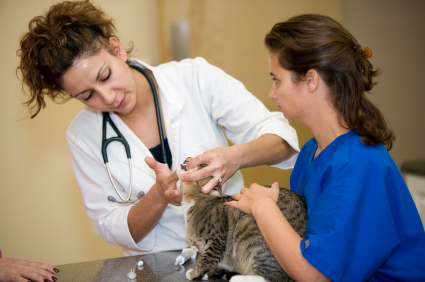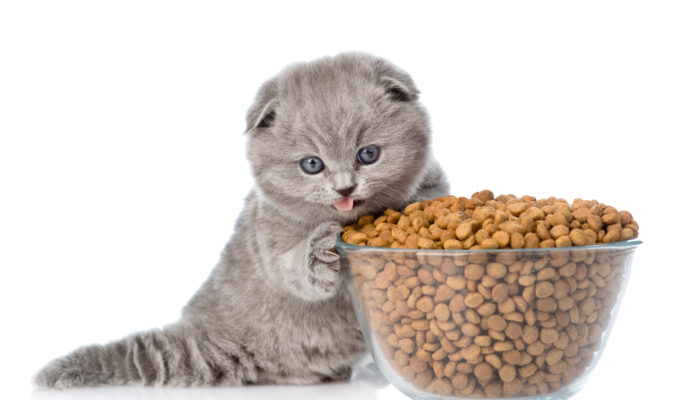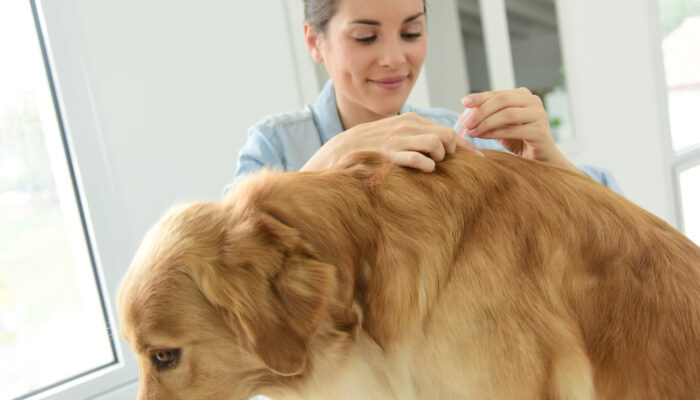
The Signs and Symptoms of Feline Diabetes
A condition commonly found in cats, where the hormone insulin is over or under-produced in the pancreas, is called feline diabetes. It can occur at any age and can be divided into two types of diabetes — type 1 and type 2. In type 1, there is decreased insulin production due to high glucose concentration levels. While in type 2, although the glucose levels are high, the cells are unable to absorb the insulin properly.
Feline diabetes is one of the most common diseases found in cats. Housecats that are overweight tend to suffer from this disease.
Some signs and symptoms of feline diabetes include the following:
1. Thirst
A prominent sign of feline diabetes is drinking more water than usual. Drinking water frequently from dripping taps or toilet bowls in addition to the regular intake of water is the first symptom exhibited by cats with feline diabetes.
2. Urination
An increased or frequent urge to urinate is another symptom of feline diabetes. Frequent urination helps to excrete the excessive levels of glucose through the urine.
3. Weight loss
A reduction in weight even after a proper intake of food is common in feline diabetes. Weight loss occurs when the cells are not able to absorb the glucose from the blood. As the cells are unable to procure energy for proper functioning it leads to weight loss.
4. Poor coat
A cat suffering from feline diabetes has dull fur, which is a noticeable symptom of this disease. This dullness can also be caused due to a lack of proper diet, low hygiene levels, or any kind of allergies.
5. Appetite
A visible symptom of feline diabetes is an increase or decrease in the quantity of food consumed.
6. Diarrhea or vomiting
Frequent bouts of loose stool or vomiting is a sign of feline diabetes. A cat’s diet should be rich in fiber and low in carbohydrates, an unbalanced diet can cause feline diabetes.
7. Mood swings
If cats show grumpy moods, remain aloof, do not want to be touched or feel sleepy most of the time, they could be having feline diabetes.
8. Lethargy
Cats sleep a lot, so identifying this symptom is a bit difficult. But excessive sleep, lack of energy, or inactivity are symptoms of feline diabetes. Lethargy might also be caused due to being overweight or any other bacterial infection.
9. Breathing abnormalities
Difficulty in breathing due to a particular smell such as paint or a particular food that results in increased heart rate, noisy breathing, breathing with an open mouth, belly or chest moving while breathing should be immediately looked into as it might become life-threatening.
10. Limping
Muscle weakness due to nerve damage can cause pain in the hind legs. It can also cause difficulty in running, jumping, and climbing up stairs.




